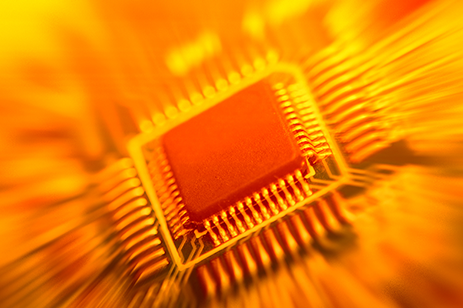
Mezzanine cards are an effective and widely used way to add specialized functions to an embedded system. Because they attach to a base card or carrier card, rather than plugging directly into a backplane, mezzanine cards can be easily changed. For system designers that means both configuration flexibility and an easier path to tech upgrades.
Different mezzanine standards have different strengths and weaknesses because there are trade-offs between competing requirements for size, functionality, power, and impact on their host - and the best standards have been adapted to technology and market requirements over the years to ensure they stay relevant. FPGA Mezzanine Cards (FMCs), under the banner of VITA 57, are exposed to technology change more than most mezzanines standards because they connect I/O devices directly to FPGAs rather than through industry-standard busses such as PCI Express (PCIe). FMCs exist to provide I/O to FPGAs – high bandwidth I/O to keep increasingly powerful FPGAs fed with data, so their processing operations proceed without waiting.

FPGAs have gotten faster, especially with signaling speeds interfacing to I/O devices (usually analog I/O), and have also leaped forward in terms of I/O channel density, resolution, and sample rates. The FMC standard has coped well and has become the open standard mezzanine of choice, but is it running out of capability? If it is, can it adapt, and what is possible with the FMC format today and in the future?
The FMC standard defines a small format mezzanine, similar in width and height to XMCs or PMCs, but around half the length. This means FMCs have less component real-estate than many other open standard formats. However, FMCs don’t need bus conversion, such as PCI-X, and have simplified power supply requirements which means that FMCs could actually have more I/O capacity than their XMC counterparts. Let’s break this down.
Download the white paper to learn more.